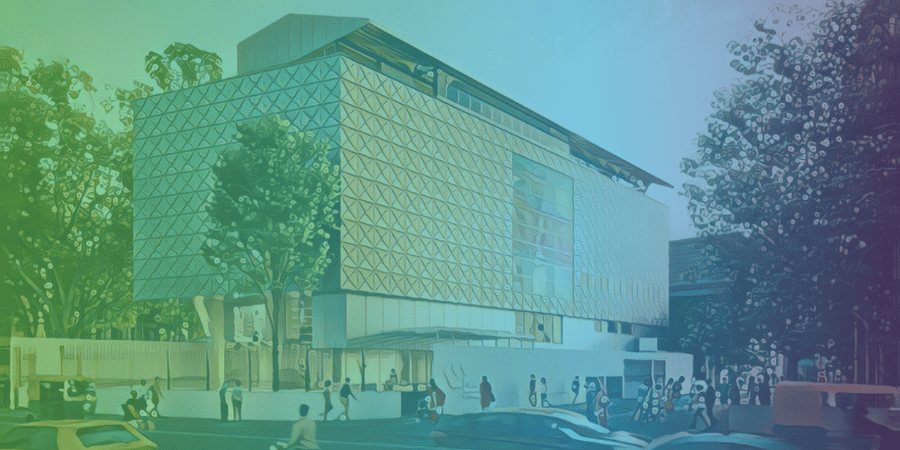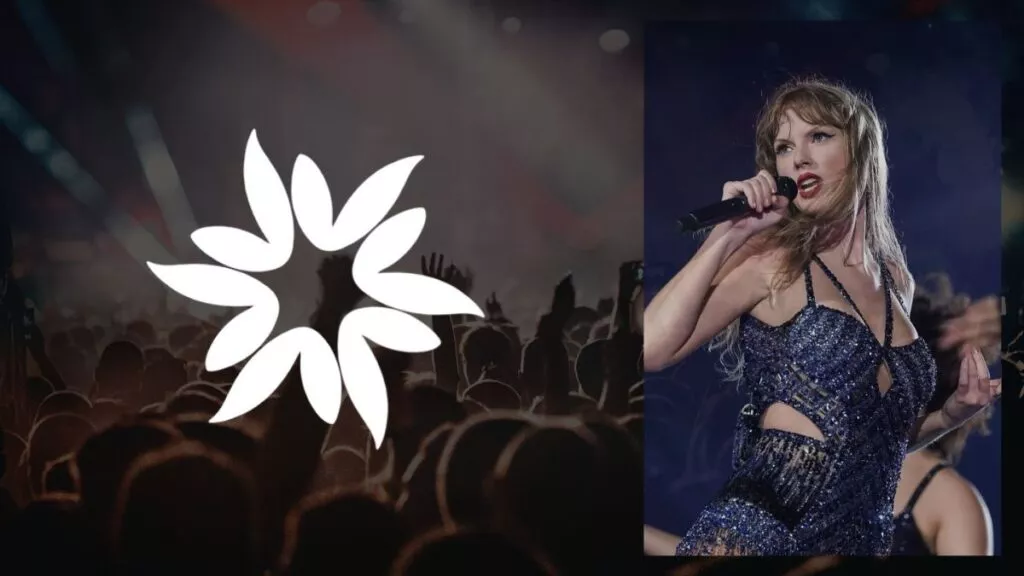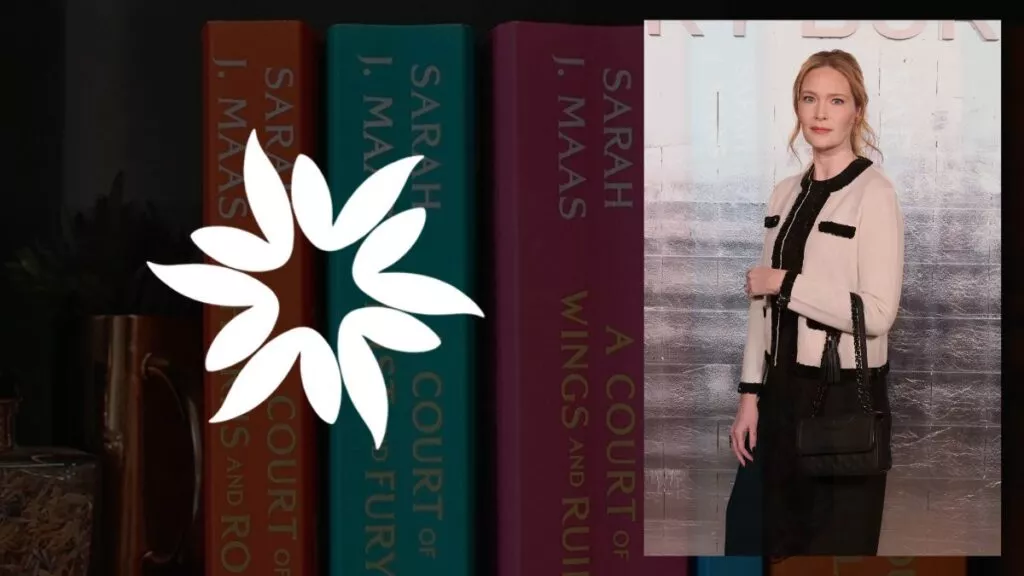Key Takeaways
- India's Museum of Art and Photography (MAP) is a private institution that focuses on eroding the distinction between "fine" art and what it describes as "everyday creativity," making art accessible and sidestepping the perception that art galleries are elitist institutions.
- MAP aims to dismantle hierarchies between high and low art, make the museum as inclusive as possible by incorporating a rich tapestry of diverse voices and collapsing the divisions between mediums, and reframe the narrative of Indian art history from an Indian perspective.
- MAP's exhibitions aim to counter biases and reflect the museum's concern with overlooked narratives. For instance, the exhibition "Visible/Invisible" explores how females have been depicted as goddesses, mothers, nurturers, and commodities over the centuries and presents, then deconstructs, this male gaze.
- MAP's digital offerings include video workshops, webinars, and an online encyclopedia of South Asian art with over 2,000 entries overseen by expert scholars, explicitly targeting young people in a country where over a quarter of the population is aged 14 or under.
- MAP's focus on inclusivity, accessibility, and community engagement make it a unique institution that seeks to redefine what a museum can be, poised to become a leading cultural institution in India and beyond. Its emphasis on embracing new technologies to enhance the visitor experience and reach younger audiences makes it an exciting addition to India's cultural landscape.
India’s Museum of Art and Photography (MAP) is set to be the country’s first major art museum dedicated to the full range of the subcontinent’s contemporary visual culture.
The museum’s focus is on eroding the distinction between “fine” art and what it describes as “everyday creativity”.
A private institution, MAP’s founder and philanthropist, Abhishek Poddar, has amassed a 60,000-item collection that ranges from ancient bronzes and carved deities to Bollywood memorabilia and traditional woven fabrics.
MAP’s five-story building features galleries, an auditorium, a conservation center, and a research library. It is located in Bengaluru, the heart of the country’s museum district.
With its prominent location, private funding, and significant digital presence, MAP is already transforming the country’s museum landscape by making art accessible and sidestepping the perception that art galleries are elitist institutions.
Community Engagement Is Key
One of the main drivers of MAP’s approach is its focus on reaching and connecting with the local community.
The museum’s exterior, for instance, features a spray-painted, monochrome mural by street artist Marco Santini, consisting of words submitted from the community, including “meaningful,” “mirror,” and “inspiration.”
Furthermore, much of MAP is free to the public, with fees for ticketed exhibitions waived one afternoon per week.
The museum welcomes over a thousand visitors on each day of its opening weekend, demonstrating the interest and support for this much-anticipated institution.
Encouraging a “Museum-Going Culture”
Poddar hopes that MAP will serve as a catalyst in developing a more regular museum-going culture in India by encouraging the public to engage with art more thoughtfully in their home country.
He aims to dismantle hierarchies between high and low art, making the museum as inclusive as possible by incorporating a rich tapestry of diverse voices and collapsing the divisions between mediums.
MAP aims to reframe the narrative of Indian art history from an Indian perspective, which is clear in its opening displays.
For instance, the exhibition “Visible/Invisible,” curated by Kamini Sawhney, the museum’s director, explores the representation of women throughout Indian art history.
Inclusive Exhibitions
MAP’s exhibitions aim to counter biases and reflect the museum’s concern with overlooked narratives.
The “Visible/Invisible” exhibition explores how females have been depicted as goddesses, mothers, nurturers, and commodities over the centuries. However, they were until recently viewed exclusively through the eyes of men, explained Sawhney.
The exhibition aims to present, then deconstruct, this male gaze. The works on display range from ancient statues depicting goddesses to a poster for the 1957 Bollywood epic “Mother India,” which imagines its heroine as a plough-wielding nationalist symbol of post-colonial India.
The exhibition features six original works commissioned to help fill gaps in the canon, including a quilt by non-binary artist Renuka Rajiv and a video work by LGBTQ collective Payana that was created in collaboration with transgender people aged 50 and above.
The exhibition aims to present, then deconstruct, this male gaze. The works on display range from ancient statues depicting goddesses to a poster for the 1957 Bollywood epic “Mother India,” which imagines its heroine as a plough-wielding nationalist symbol of post-colonial India.

Engaging Young People through Technology
MAP’s digital offerings became a focal point after Covid-related delays pushed back the museum’s opening by over two years.
The open-access digital offerings include video workshops, webinars, and an online encyclopedia of South Asian art with over 2,000 entries overseen by expert scholars.
The museum is explicitly targeting young people in a country where over a quarter of the population is aged 14 or under.
The museum’s significant use of technology will ultimately aid in their mission of helping people understand why museums are still relevant today.
AI at the Museum
One of the most intriguing aspects of the Museum of Art and Photography is its use of technology, specifically artificial intelligence (AI), to enhance the visitor experience.
One such example is the collaboration with global IT services company Accenture to create a 3-D hologram of the late artist M.F. Hussain, one of India’s most renowned painters.
This project utilizes AI to bring Hussain back to life, allowing visitors to interact with him both online and in the museum’s physical space.
Another fascinating exhibit at the museum is “Chirag-e-AI,” a solo show by contemporary artist Tallur L.N. The exhibition features a series of sculptures and a video that draw upon ancient Hindu mythology and contemporary narratives around AI.
One of the pieces, based on the half-man, half-animal creature Purushamriga, explores how machines that were designed to imitate human beings are being upgraded continuously to match human beings. The artist sees AI as having “the power to both help and destroy.”
Digital Presence and Accessibility
The Museum of Art and Photography has a robust online presence, which became even more important during the pandemic when physical visits to museums were restricted.
Launched in December 2020, MAP was one of the first digital museums in India. Its online offerings include virtual exhibitions, artist talks, and VR experiences.
MAP Academy, an expansive online resource that makes South Asian art histories digitally available, including online courses and an art history encyclopedia, is another aspect of the museum’s online presence.
One of the most exciting things about MAP’s digital presence is its potential to make art accessible to a wider audience.
With many of its resources being offered for free, the museum is breaking down barriers that have traditionally kept people away from art galleries and museums.
The focus on digital accessibility is also a way to reach younger audiences. With over a quarter of the Indian population being 14 or under, MAP’s digital resources are an excellent way to engage with the next generation of museum-goers.
Conclusion
The Museum of Art and Photography is an exciting addition to India’s cultural landscape. Its emphasis on inclusivity, accessibility, and community engagement make it a unique institution that seeks to redefine what a museum can be.
With a focus on erasing the divide between high and low art, as well as embracing new technologies to enhance the visitor experience, MAP is poised to become a leading cultural institution in India and beyond.
The opening exhibition, “Visible/Invisible,” sets a powerful tone for the museum’s mission, challenging traditional narratives around the representation of women in Indian art history.
As the museum continues to grow and evolve, it will be interesting to see how it continues to engage with and reflect the diverse cultural landscape of India.








